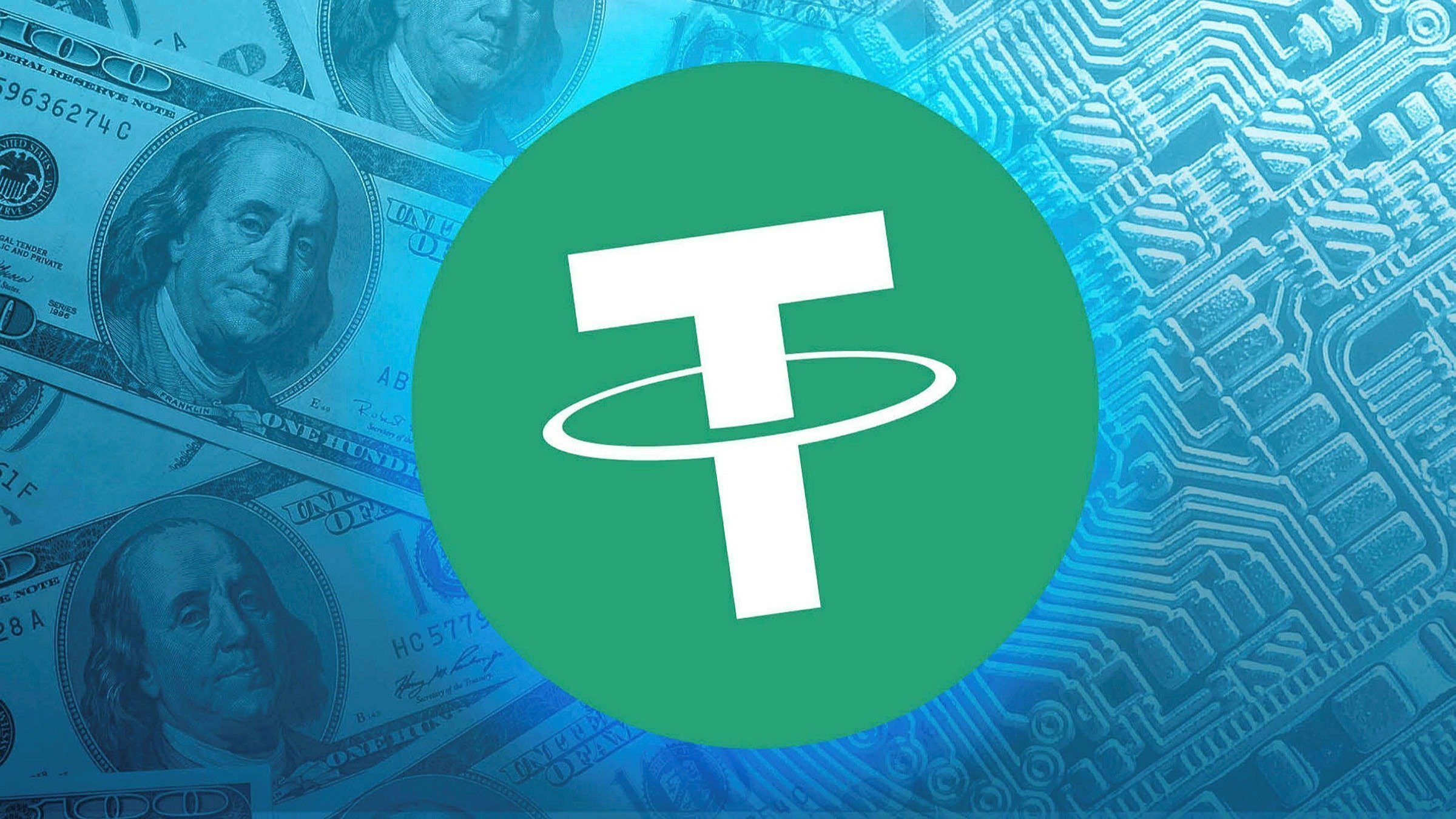Tether (USDT), the largest stablecoin, dropped below $0.96 today. For many, this is seen as another sign of stress in the crypto market. The token hit a low of $0.9508. It currently rallied a little more and is changing hands at around $0.989. Here are the details…
The change in USDT value reflects the tension in the market
Kriptokoin.com In the past few days, we have been following the price of the US dollar. TerraUSD (UST), a Terra-specific algorithmic stablecoin that is expected to crash, has crashed massively. While broad fears around the continued market turbulence triggered by the market crash of both UST and Terra’s local presence, LUNA, have weighed in on crypto prices in recent days, it’s currently unclear what is driving the market event. Bitcoin is currently trading at around $27,000.

The decline was not limited to the UST. As we reported today, the stablecoin of the Waves network, Neutrino USD (USDN), also fell to $ 0.75. However, USDT has a difference from other stablecoins. Unlike UST, USDT is backed by a pool of investment assets and investors are expected to be able to redeem one USDT for $1 at any time.
Why did the value of USDT diverge from $1?
Investors seem to be withdrawing from the crypto market amid the ongoing crash. Given the widespread use of USDT in facilitating crypto trading, it is likely to be sold for dollars by traders to reduce their crypto exposure. De-pegging means that the cryptocurrency, which is pegged to the dollar at a rate of 1:1, breaks this fixed rate. Traders also seem to be buying USDT counterparts Binance USD (BUSD) and USD Coin (USDC). BUSD and USDC rose 1.6 percent and 0.3 percent, respectively.

To reassure investors, USDT founder Paolo Ardoino said he paid $300 million in disbursement in the last 24 hours “without a drop of sweat”. Bitfinex, the crypto exchange that operates USDT, claims to support the value of USDT with a huge pool of reserves. According to the data of the institution, approximately 84 percent of this pool consists of cash and cash equivalents. However, the institution has been criticized for not having enough transparency over its reserves.





